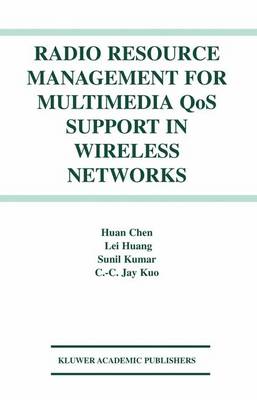Due to the great success and enormous impact of IP networks, In ternet access (such as sending and receiving e-mails) and web brows ing have become the ruling paradigm for next generation wireless systems. On the other hand, great technological and commercial success of services and applications is being witnessed in mobile wire less communications with examples of cellular, pes voice telephony and wireless LANs. The service paradigm has thus shifted from the conventional voice service to seamlessly integrated high quality mul timedia transmission over broadband wireless mobile networks. The multimedia content may include data, voice, audio, image, video and so on. With availability of more powerful portable devices, such as PDA, portable computer and cellular phone, coupled with the easier access to the core network (using a mobile device), the number of mobile users and the demand for multimedia-based applications is increasing rapidly. As a result, there is an urgent need for a sys tem that supports heterogeneous multimedia services and provides seamless access to the desired resources via wireless connections. Therefore, the convergence of multimedia communication and wireless mobile networking technologies into the next generation wireless multimedia (WMM) networks with the vision of "anytime, anywhere, anyform" information system is the certain trend in the foreseeable future. However, successful combination of these two technologies presents many challenges such as available spectral bandwidth, energy efficiency, seamless end-to-end communication, robustness, security, etc.
- ISBN13 9781461350927
- Publish Date 23 October 2012 (first published 31 October 2003)
- Publish Status Active
- Publish Country US
- Imprint Springer-Verlag New York Inc.
- Edition Softcover reprint of the original 1st ed. 2004
- Format Paperback
- Pages 256
- Language English
